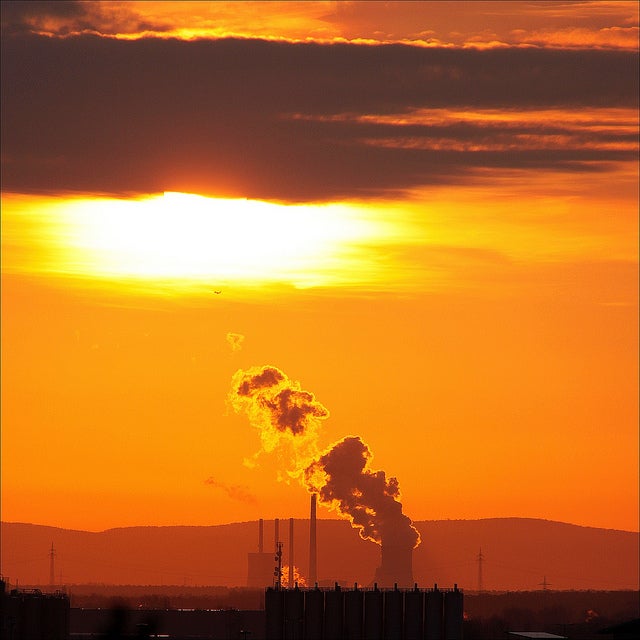Heatwaves to become more deadly and increase global inequality
A new study shows that heatwaves will worsen in the future and that the most vulnerable populations will be hit the hardest

Rupert Ganzer
Human-caused climate change has already increased the frequency and severity of heatwaves across the globe, and new research shows that heatwaves will get even worse as the planet warms further.
Scientists have found that climate change played a major role in recent heatwaves: the chance of extreme heat at the levels seen in northern Europe in 2018 has doubled; the “Lucifer” heatwave in Europe’s Mediterranean region during summer of 2017 is four times more likely to occur; and the scorching 2016-2017 summer in New South Wales, Australia, was made at least 50 times more likely.
The new study, published on January 11th, 2019 in Nature Communications, shows the growing threat of heatwaves in a warming world, especially for less developed nations. In fact, the researchers found that less developed countries will likely be more affected by heatwaves in a 1.5°C (2.7°F) warmer world than developed countries will be in a 2°C (3.6°F) warmer world.
Why do we care about heatwaves?
Extreme heat is now responsible for more deaths in U.S. cities than all other weather events combined (including hurricanes, lightning, tornadoes, floods and earthquakes). Heat-related health problems, such as dehydration, heat exhaustion and heat strokes, pose a particular threat for the elderly and workers directly exposed to the heatwave for long periods of time.
The 1995 Chicago heatwave killed more than 700 people. The 2003 European heatwave caused more than 30,000 deaths. The 2010 heat wave in Russia, along with wildfire smoke, contributed to more than 50,000 deaths.
Moreover, prolonged searing weather is often associated with droughts that can have a devastating effect on crops and water resources, and cause an increased risk of wildfires.
Already vulnerable communities will be hit the hardest
Future climate projections consistently show that global warming increases both the frequency and the intensity of heatwaves.
In the U.S., the new study finds a remarkable intensification of heatwaves for certain regions. For example, the heatwaves that currently occur once per 500 years will increase frequency to once per 15 to 50 years in the western U.S. at the 2°C (3.6°F) warming level (the current target in the Paris Agreement). Stabilization of the warming below 1.5°C would remarkably reduce the severity of these changes (i.e. increase to once per 50 to 100 years).
However, the most intense changes occur in the tropics and the subtropics—largely impacting the developing countries in Africa, Middle East, Southeast Asia and Latin America. In a 1.5°C warmer world (we are already at 1°C level of warming), people in developing nations will be more affected than those in developed nations even at a 2°C level of warming. This stark contrast in the projected heatwave impact will be significantly reduced if global warming is stabilized below 1.5°C, and in the presence of rapid social development.
In a 1.5°C warmer world, people in developing nations will be more affected than those in developed nations even at a 2°C level of warming.
What can we do?
Beyond reducing emissions of heat-trapping gases in order to limit future warming, many measures can build resilience in threatened communities.
For example, developing access to healthcare and efficiency of its services as well as providing water and shelter from the heat will facilitate quicker recovery for vulnerable communities both in developing and developed countries.
Increasing heatwave hazard has significant health implications for outdoor workers, who are directly exposed to extreme temperatures. Working practices for agriculture and construction workers in the U.S. often ignore the necessity of providing shaded breaks and water. This is due to the lack of federal heat stress standards, which would help ensure safe work conditions. Some states, such as California and Washington, already impose basic heat standards. Given that global warming may severely aggravate the future conditions of outdoor work, we must implement better heat protection measures.
Increasing ambition for temperature targets
This study is part of a growing body of literature in support of climate change mitigation efforts to stabilize temperatures at 1.5°C rather than 2°C, as 1.5°C appears safer for global society. We therefore must act on climate change quickly and resolutely to prevent catastrophic damages.












